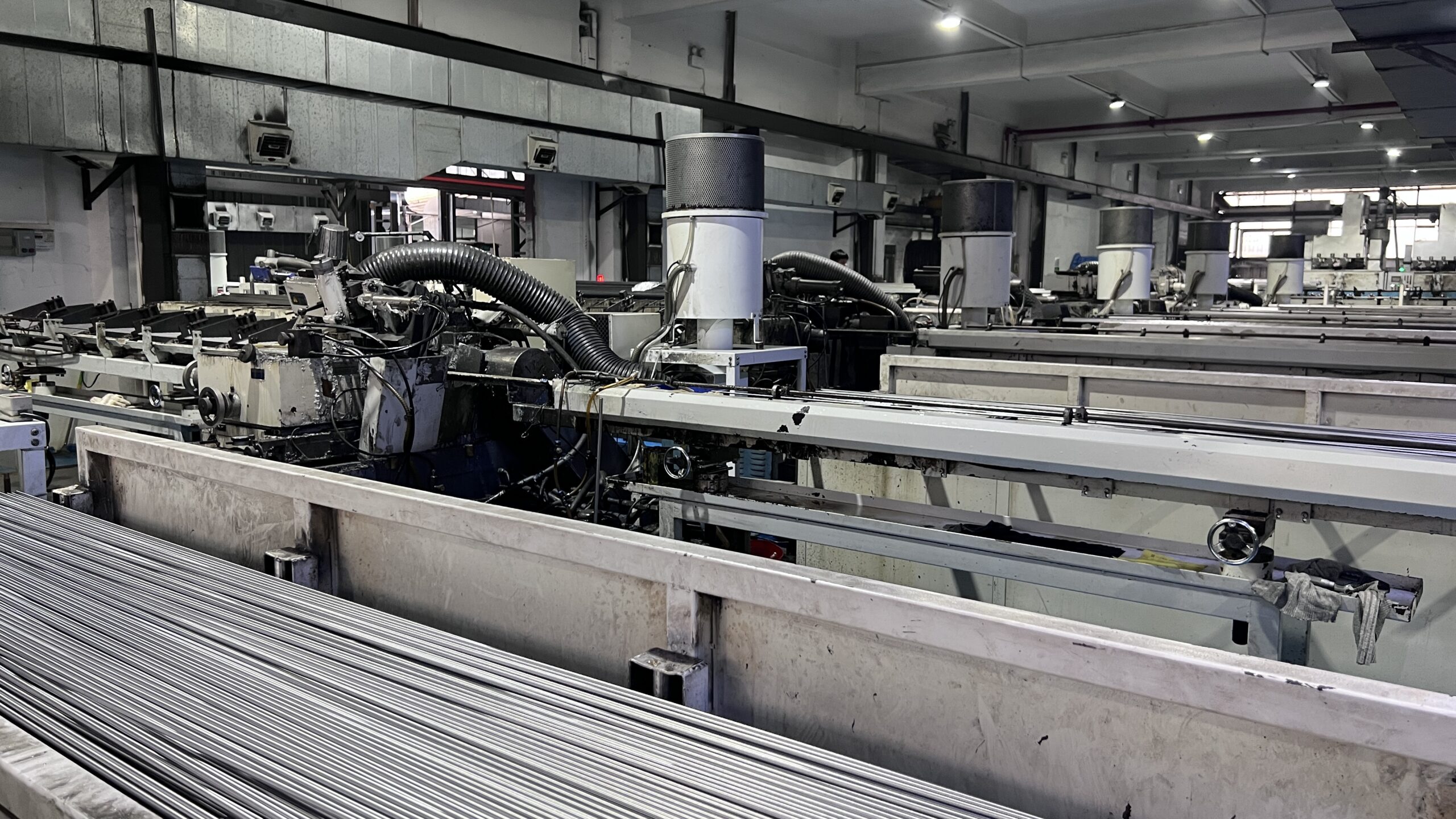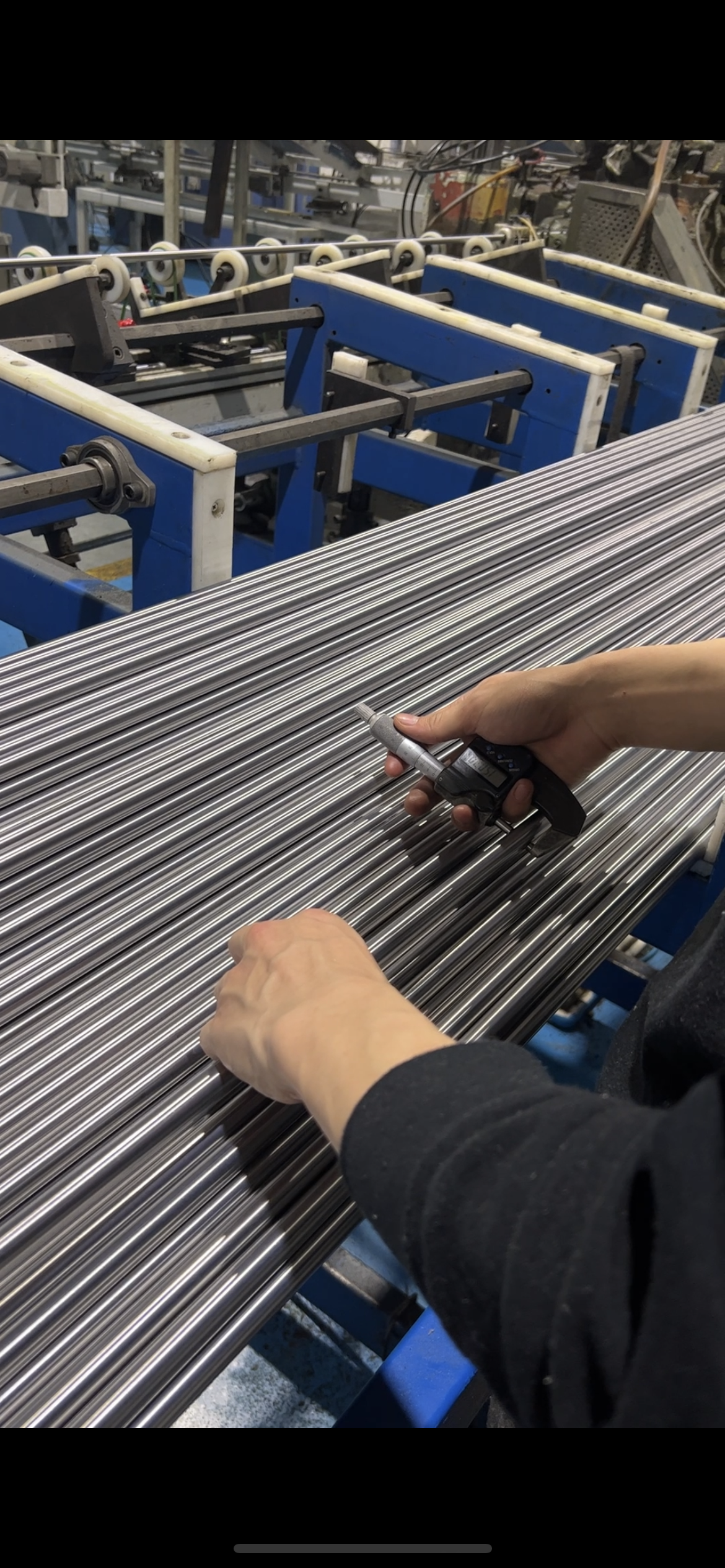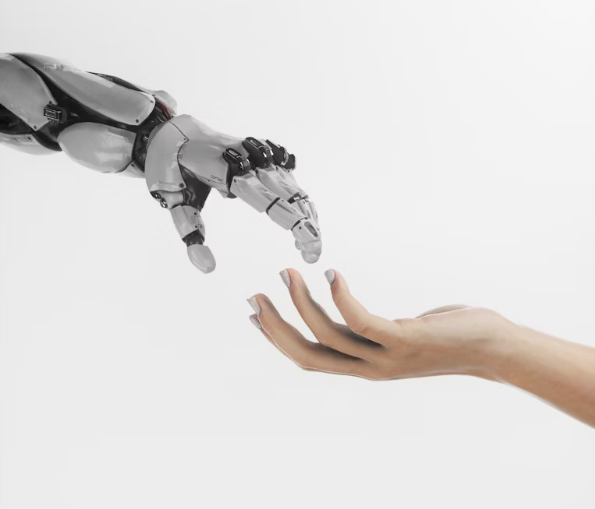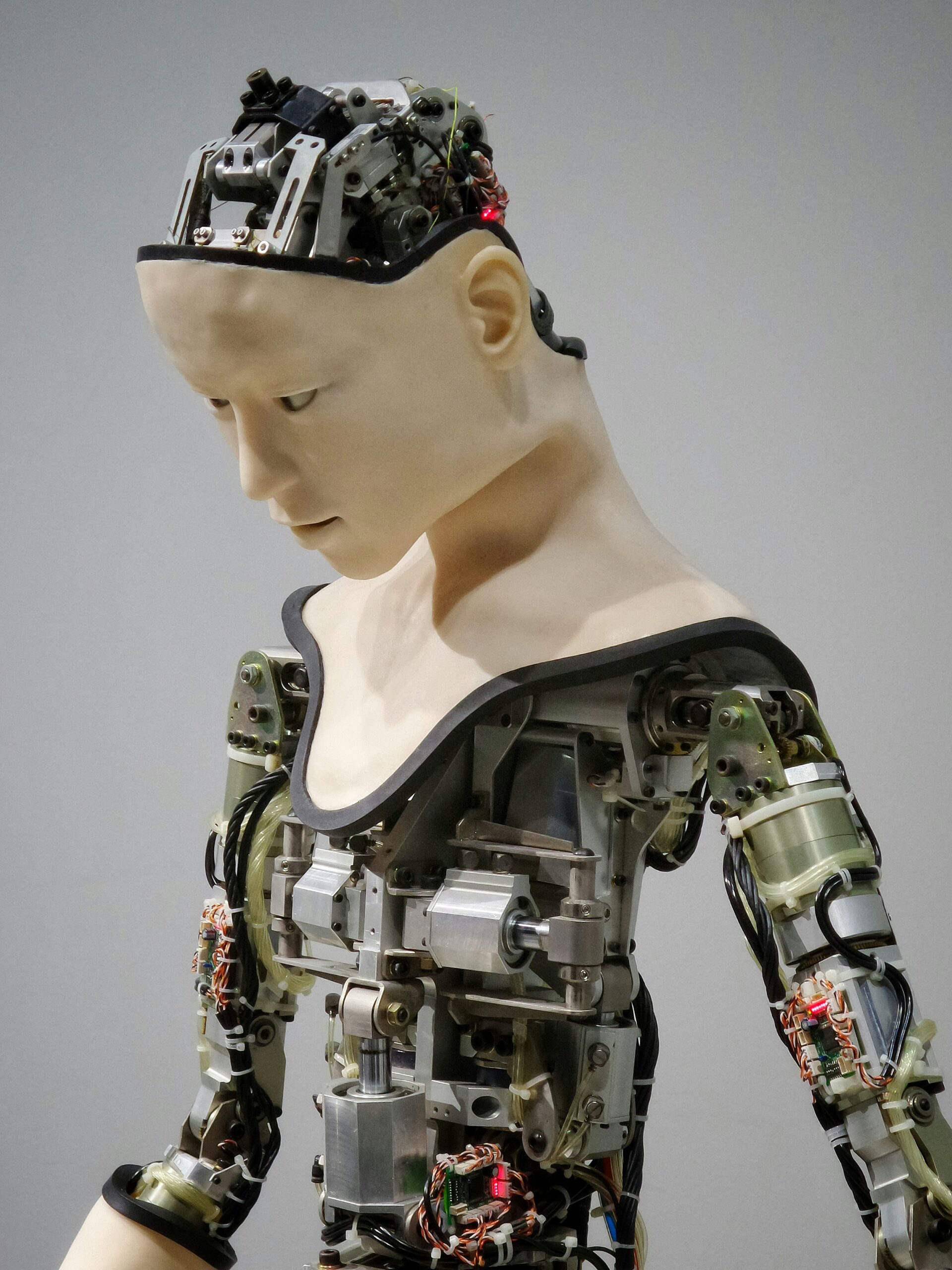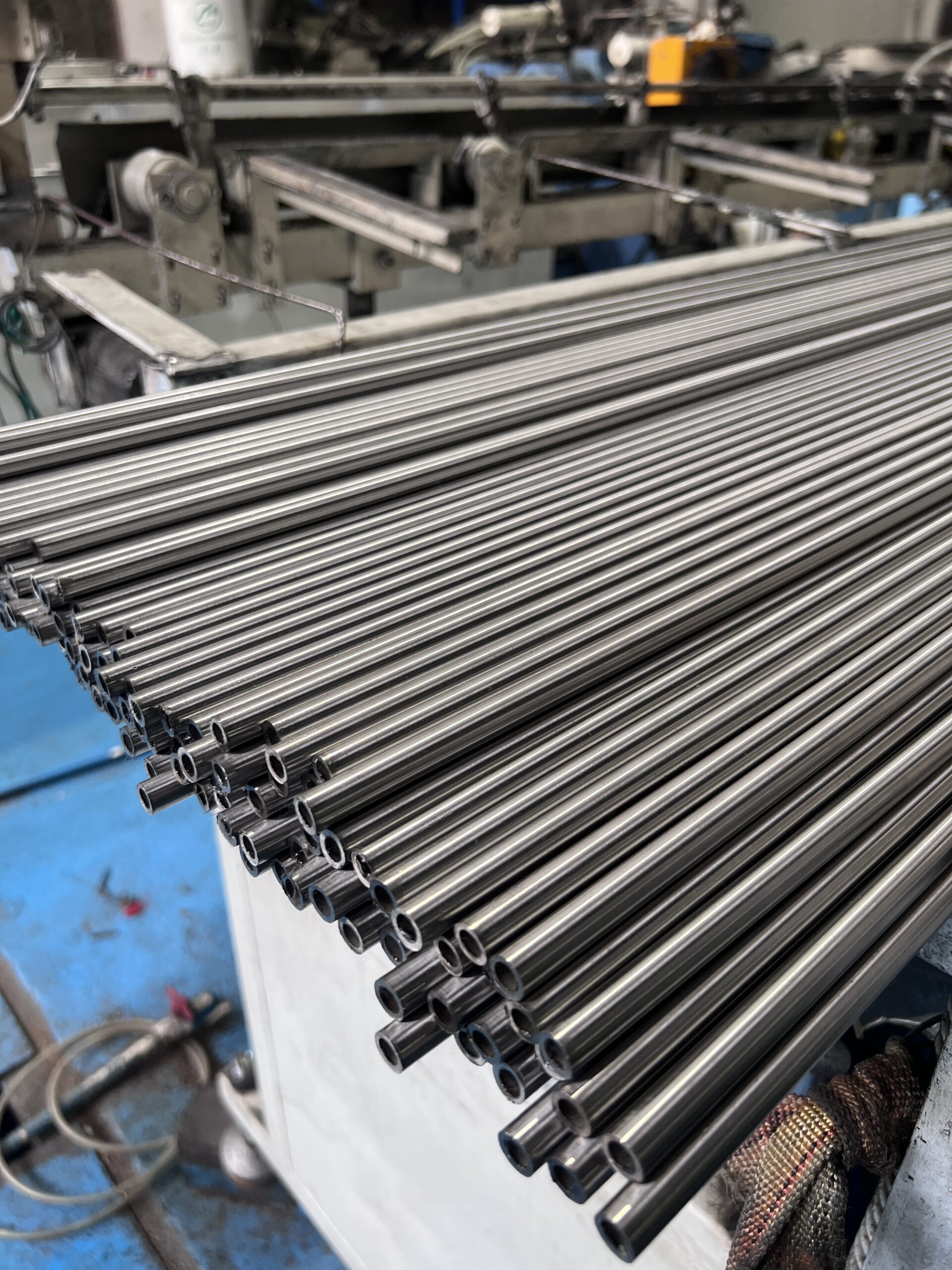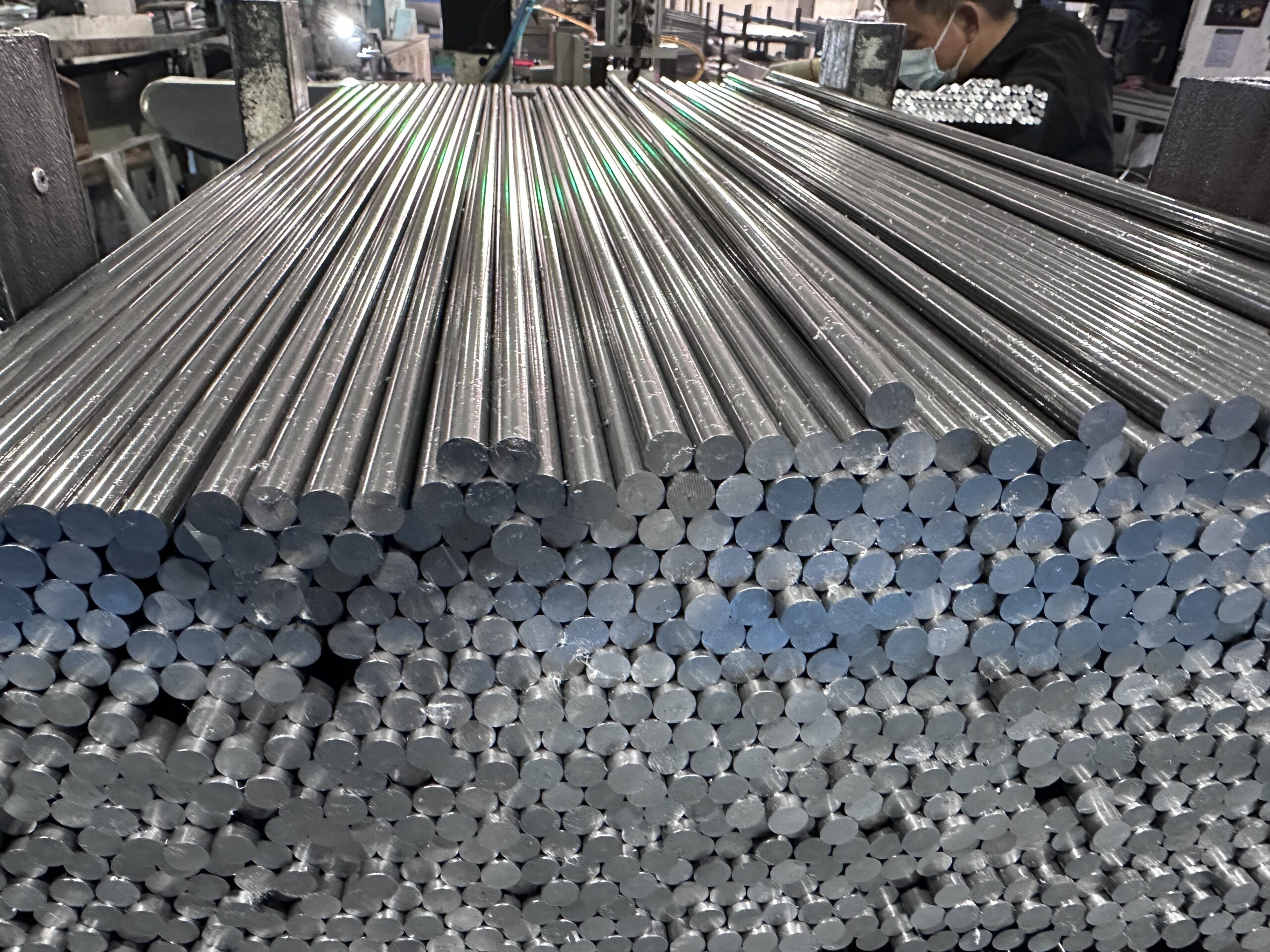Humanoid robots are rapidly transitioning from laboratory research to industrial and commercial deployment. Whether in advanced manufacturing, healthcare assistance, or personal service, these robots rely on precise movements and long-term reliability. At the heart of their performance are actuators, bearings, and reducers, which act as the “muscles and joints” of the robot. A common thread across these components is the requirement for high-precision stainless steel bars, which form the raw material base for screws, shafts, gears, and housings.
Key Components and Their Material Demands
| Component | Role in Robots | Material Requirements | Stainless Steel Bar Contribution |
|---|---|---|---|
| Actuators | Drive linear and rotary motions | Tight tolerances, fatigue resistance | Precision-ground bars for screws and shafts |
| Bearings | Support joints and reduce friction | High hardness, wear resistance | Bearing-grade stainless bars for rings and rollers |
| Reducers | Adjust speed and torque | Dimensional stability, strength | Stainless steel shafts and gears |
| Dexterous Hands | Enable fine motor control | Small-scale precision, corrosion resistance | Micro-shafts and screws from stainless bars |
Why Stainless Steel Bars Are Critical
Humanoid robots differ from traditional machines in that they must mimic human movement with precision and reliability. This places extraordinary demands on material quality:
-
Dimensional Accuracy
Each joint in a humanoid robot may require tolerance control within microns. Precision-ground stainless steel bars ensure that ball screws, shafts, and pins maintain consistent geometry. Any deviation, even minimal, could cause vibration, energy loss, or premature wear. -
Consistency Across Production
Robots often require dozens of identical joints. Stainless steel bars with uniform hardness and microstructure ensure that every actuator or bearing performs consistently, avoiding mismatched components that degrade system reliability. -
Strength and Fatigue Resistance
Actuators in humanoid robots undergo millions of repetitive cycles. Stainless steel bars, particularly in grades like 303, 304, and 420J2, combine strength with machinability, enabling parts to endure stress without cracking or deforming. -
Corrosion Resistance
Unlike carbon steels, stainless steels resist oxidation from humidity or human interaction, essential for robots deployed in variable environments, from industrial floors to service scenarios.
The Advantages of Tongyi Metal Stainless Steel Bars
In this context, not all stainless steel bars are created equal. For humanoid robot components, the performance of the raw material can determine the success of the final assembly. Tongyi Metal’s stainless steel bars are engineered to address these challenges:
-
High Straightness: Bars achieve excellent linearity, minimizing runout in screws and shafts, which is critical for actuators and reducers.
-
Tight Tolerance Control: Diameter tolerances can be maintained within ±0.01 mm, ensuring seamless integration in precision assemblies.
-
Stress Relief Treatment: By removing internal stresses, bars resist warping and distortion during machining, improving yield and stability.
-
Surface Finish: Polished and ground surfaces reduce friction, enhance fatigue life, and improve compatibility with rolling elements in bearings.
-
Machinability: Optimized for CNC and Swiss-type machining, reducing tool wear and improving production efficiency for complex robot parts.
-
Material Certification: Bars are produced from large mill materials, with traceable certificates to guarantee chemical composition and mechanical properties.
Industry Outlook
Global leaders in humanoid robotics are driving demand for advanced materials. While Europe and Japan currently dominate high-precision actuator screws and bearings, domestic suppliers are quickly developing capabilities. With increasing emphasis on localizing supply chains, high-quality stainless steel bars manufactured to international standards are becoming indispensable for supporting the humanoid robot industry.
Humanoid robots are poised to become one of the most transformative technologies of the coming decade. Their performance depends not only on AI algorithms but also on the reliability of their mechanical foundations. High-precision stainless steel bars form the basis of actuators, bearings, and reducers—the parts that allow robots to move smoothly, repeat motions reliably, and endure long-term operation.
By focusing on precision, consistency, and machinability, Tongyi Metal provides stainless steel bars that meet the demanding standards of humanoid robotics and beyond.


